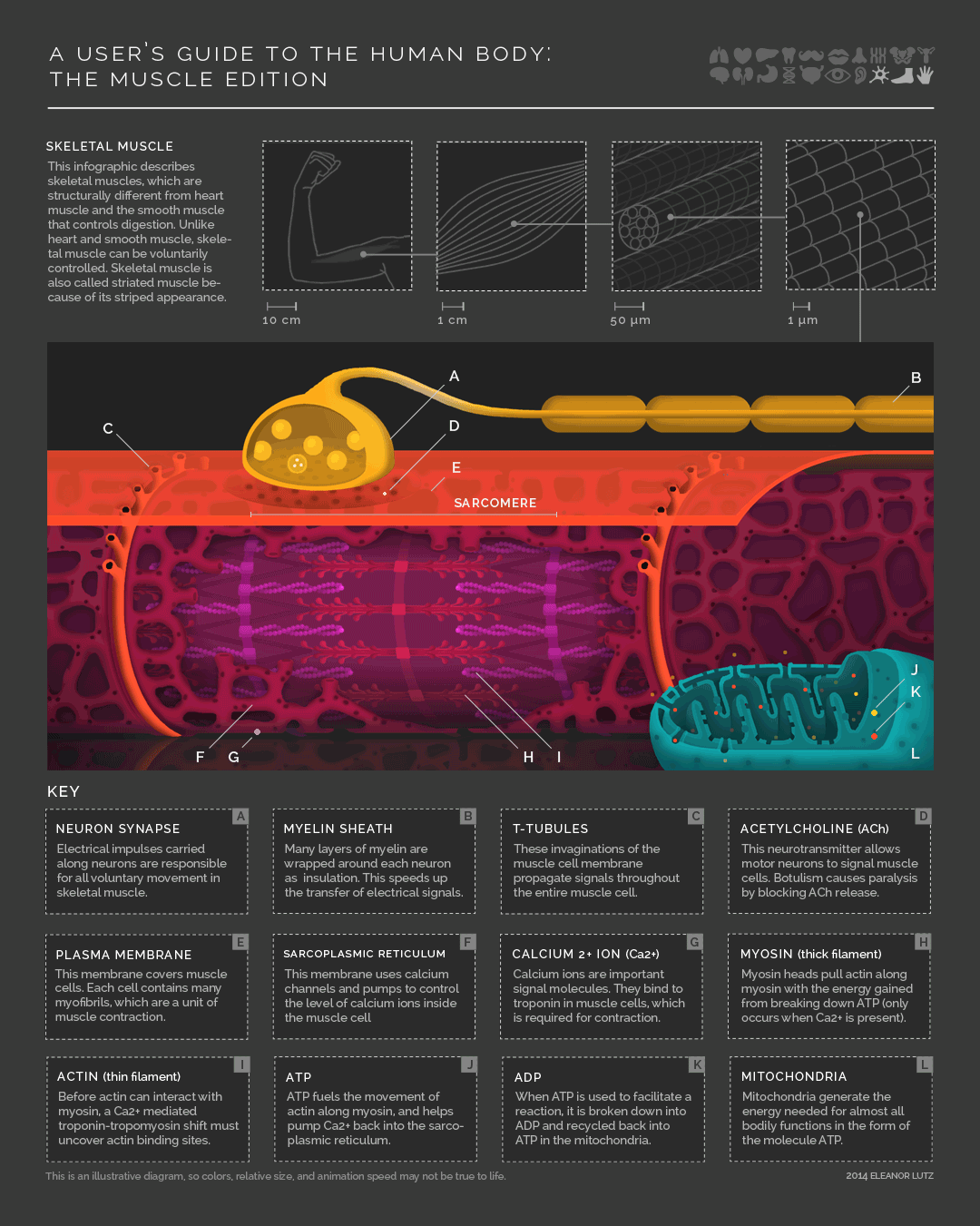Understanding Bio-signals
Scifi2Scifab was a new class taught at the MIT Media Lab in the fall of 2013 for the first time with a focus on the creation of functional prototypes. This class combines the analysis of both classic and modern science fiction texts and films with physical fabrication or code-based interpretations of the technologies they depict. Topics included virtual/augmented reality, networks, artificial intelligence, nanotechnology, humanism and transhumanism, cyborgs and robotics, environmental issues, biology, utopias and dystopias, surveillance, music and art, interfaces; wearables, and/or religion, culture, and society. Guest lecturers and representatives from sponsor companies working in these areas contributed to select project critiques. The requirements for this class were regular reading, discussion, bi-weekly projects, and a final project.
Inspired by the science fiction paradigm and by the development of bio technology, we can now see more and more technology being incorporated into our daily lives i.e Google Glass, tattoo microphones and wearable technology. Through my research, I began to wonder: can we download our muscle memory? If we can, what has been done out in the world that could inform the process of doing so? A bio-signal is a general term for all kinds of signals that can be (continually) measured and monitored from biological beings. The term bio-signal is often used to mean bio-electrical signal but in fact, bio-signal refers to both electrical and non-electrical signals. There are many different kinds of bio-signals, but the one that seems to be the most promising and has physiologists the most interested is electromyography.

With a focus on the creation of functional prototypes, this class combines the analysis of classic and modern science fiction texts and films with physical fabrication or code-based interpretations of the technologies they depict. Topics will include virtual/augmented reality; networks; artificial intelligence; nanotechnology; humanism and transhumanism; cyborgs and robotics; environmental issues; biology; utopias and dystopias; surveillance; music and art; interfaces; wearables; and/or religion, culture, and society. Guest lecturers and representatives from sponsor companies working in these areas will contribute to select project critiques. Requires regular reading, discussion, bi-weekly projects, and a final project.
Electromyography (EMG) signals are detected over the skin's surface and are generated by the electrical activity of the muscle fibers during contraction. Since each movement corresponds to a specific pattern of activation of several muscles, multi-channel EMG recordings that are recorded by placing electrodes on the involved muscles, can be used to identify the movement. This concept is currently being developed for myoelectric prostheses.
I decided to test the concept that EMG signals could inform the movement of a prosthetic or robotic limb by building one of my own. By measuring the muscle activity of three specific muscles in the arm while performing a specific gesture, I was able to record EMG data in real time and successfully translate the gesture to a simple robotic arm made using a number of 3D printed parts and motors.
